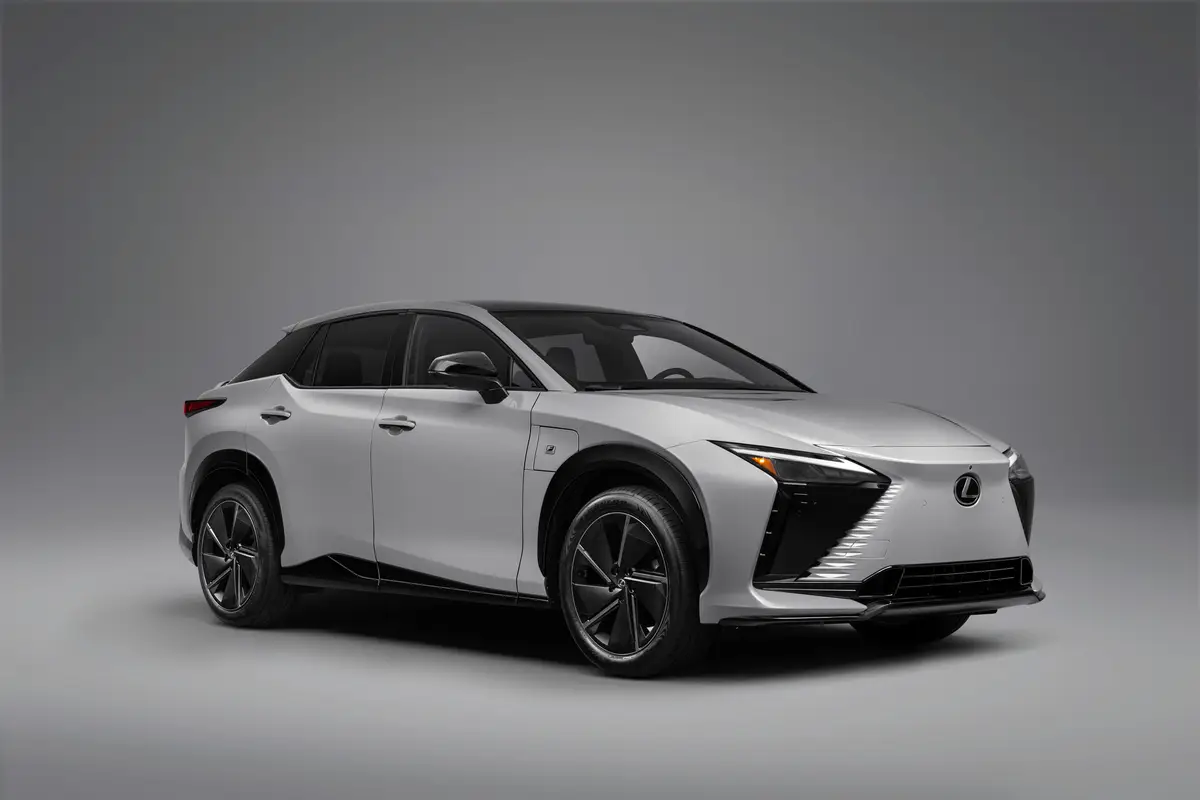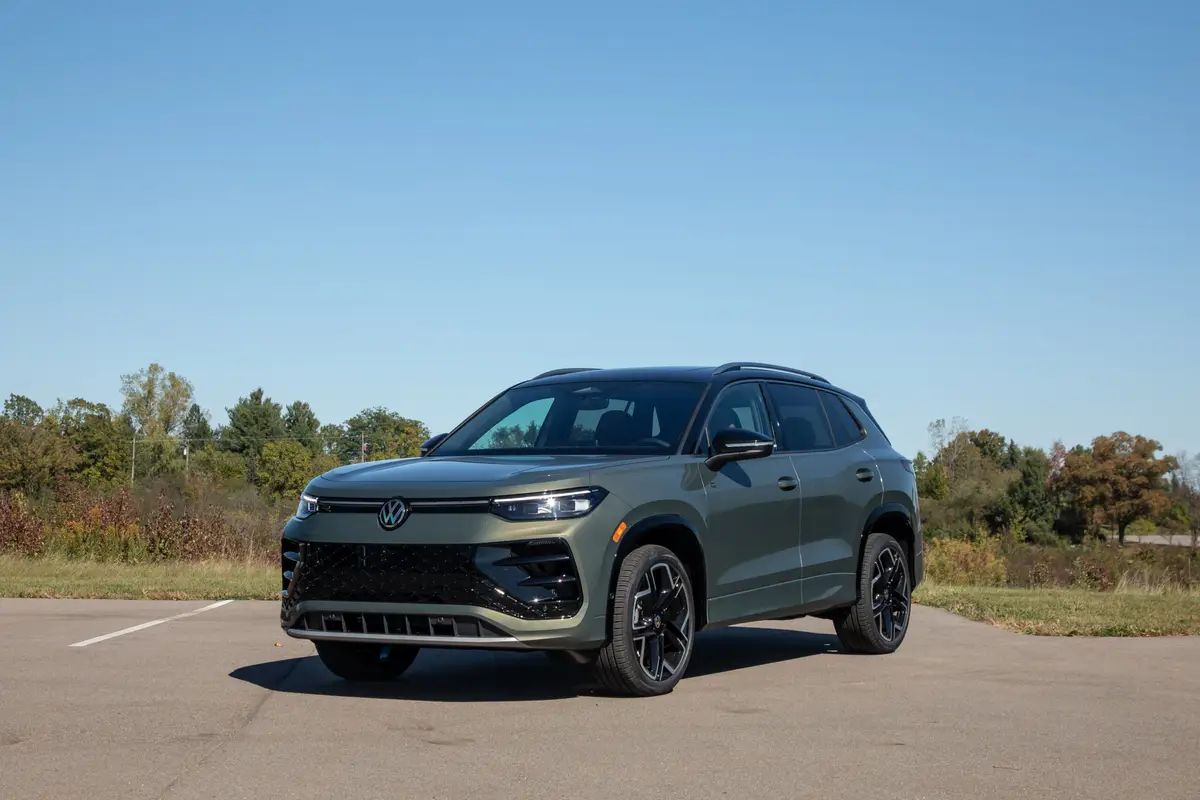The Morning Call and Mcall.com's view
Jeep’s all-new Comanche pickup can either be described as a small standard pickup or a large compact pickup. Or, you could call it the first of the mid-sized pickups. I’m not sure it really falls into its own category but no doubt it will help accelerate the growth of the compact pickup.
Those students of the small pickup will recall that not too many years ago practically all small pickups came from Japan (even the ones with American names on them) and were really small. But they started to creep up a little in size. In the early 1980s the American manufacturers decided the market was lucrative enough for them to enter and General Motors and Ford began building their own trucks. Right away, the American compact became bigger than the foreign compact. But then the foreign compact started to grow a little.
As things go right now, the Comanche appears to be the biggest of the small trucks. No doubt other manufacturers will be stretching out their trucks, too, especially if the Comanche proves to be successful. It is really too early to know just what the small pickup truck public’s reaction will be to the Comanche since it was just released. But keep in mind that Jeep had a real winner in its resized 1984 Cherokee. And no doubt it is hoping to repeat this success with the Comanche, which is derived from the Cherokee’s basic platform.
The new Comanche – available in both four-wheel and two-wheel drive Jeep since the late 1950s. What is unique about the new Comanche, however, is that it is easily recognizable. All pickups do look alike. After all, there is really not much you can do about styling (why else do you think they all carry that big billboard name on the tailgate?). But the Comanche has that strong, vertical grille that has been a trademark for years and even people who do nothing more than watch World War II movies should be able to tell that it is a Jeep.
The test vehicle (supplied by Shoemaker AMC-Jeep-Renault, 4131 Walbert Ave., South Whitehall) was a two-wheel drive version. Unlike some other trucks offered in two- and four-wheel drive, both versions of the Comanche look pretty much alike. The only outward difference is that the four-wheel version is an inch taller, which would take an exceptional eye to distinguish. No doubt the reason for the similarity is that the truck was first built as a four-wheeler (don’t forget, this is the business Jeep is famous for) and the two-wheeler is a modified version of that.
So dimensions on the test vehicle included: wheelbase, 119.6 inches (longest wheelbase for a standard cab in this category); overall length, 194 inches; width, 71.7 inches; height, 63.7 inches, and a base curb weight, 3,023 pounds. The box measures 88.5 inches in length, 55.3 inches in width, 16.4 inches in height and cargo volume is listed at 46.4 cubic feet. An interesting feature of the cargo box is that the tailgate is removable. Th e standard payload capacity (passengers and cargo) is 1,200 pounds, which is just about average. There is, though, an optional metric ton payload option – 2,205 pounds – that, as one can see, means another half ton can be carried. (The package includes a heavy-duty rear axle, white spoke wheels and heavy- duty springs and shock absorbers, front and rear.) For towing, the Comanche is available with Class I or Class II hitches. The Class I has a maximum trailer weight of 2,000 pounds with a 250 pound tongue load limit, while the Class II is rated at 4,200 pounds with a 500 pound tongue limit.
The cab is quite decently sized and offers 39.2 inches of head and leg room, and 55.3 inches of shoulder and hip room. There are three seatbelts on the standard bench seat (buckets are available as an option), which obviously means that three people can be seated. The large transmission hump, however, does cut into leg room for the middle passenger. But it is perfectly s itable for a small, uncomplaining child. The test vehicle’s seat was upholstered in a vinyl that looked tough enough to defy an axe but proved to be comfortable. For those whose posterior requires something more refined, there is an optional cloth material. Overall, the test vehicle, although a bottom-of-the- line Custom model, did have a somewhat attractive-looking interior. Or, let’s say, it looked better than one would expect from a base vehicle.
Driving the Comanche two-wheeler is about the same as driving any other pickup: no big thrills, but then it wasn’t designed for this purpose. It was designed as a work vehicle, but like other pickups it will no doubt be bought by many for personal and recreational use. It handles reasonably well, as do most pickups. The long wheelbase does provide for a decent ride. But the length becomes apparent when turning the vehicle. It does take a lot of turning. In fact, the curb-to-curb turning diameter is 41.3 feet, about the same as a large car.
Although the Comanche is new for the 1986 model year, it does have a lot of traditional Jeep left in it. This is most apparent in the suspension which features solid axles on both ends. (You’ve heard of four-wheel independent suspension? Well, this is no-wheel independent suspension.) The front has coil springs, solid axle with four locating arms, stabilizer bar, steering damper and dual-action shocks, while in the rear are leaf springs, dual action shocks and a Hotchkiss design axle. This should be an extremely rugged suspension. But then it was designed for four-wheel drive. What is surprising though, is that ride and handling aren’t as bad as they could be. To Jeep’s credit, it has many years experience with this type of suspension and it has refined it to the point where it feels the same as front-wheel independent suspension.
No doubt one of the big selling points of this vehicle will be its choice of engines. It offersthree of them: a fuel-injected four cylinder (standard); a V-6 and a turbocharged diesel. The test vehicle had the optional V-6, a good choice for this area and the engine required for Class II towing. This is the General Motors 2.6-liter (173 cubic inches) V-6 that is used across the board in GM division cars. Very familiar engine, so no surprises here. The version in the Comanche features a two-barrel carburetor and is rated at 115 horsepower at 4,800 rpm and 150 foot pounds torque at 2,100 rpm. This engine, along with a five-speed manual transmission, provided good performance for all Lehigh Valley driving conditions. (A four-speed manual is standard and a three-speed automatic is also available as an option.) Fuel mileage for the test vehicle came to 15 mpg for city driving and 19 mpg over the highways. Not bad, not great.
As somewhat of an oddity, the standard four-cylinder engine is rated at higher horsepower than the optional V-6. This engine features thro ttle body (or single point) fuel-injection and measures 150 cubic inches or 2.5- liter. This is a Jeep engine and shouldn’t be confused with the GM 2.5 liter four which Jeep used at one time. The engine is rated at a healthy 117 horsepower at 5,000 rpm and 135 foot pounds torque at 3,500 rpm. Also, it is rated at higher fuel mileage, 24/27 compared to the V-6’s 17/22. So, why lay out the extra money for the V-6? The V-6 is rated at more torque at lower rpm, which should make it better suited for towing. But for non-towing uses, I’m not quite sure. And since the Comanche is brand new, there’s no consumer feedback yet. So we’ll just have to wait and see.
This leaves the turbo diesel, which is rated at 85 horses at 3,750 rpm and 132 foot pounds torque at 2,750 rpm and has EPA estimated mileage figures of 28 city/31 highway.
Base price on the Comanche Custom is $7,049. Full sticker price on the test vehicle came to $8,877, which included a destinationcharge of $301 and several options, among them: the V-6 engine, $437; painted step bumper, $124; five-speed transmission, $175; all-terrain tires, $191; power steering, $274; white styled wheels, $119, and metallic paint, $161.
Latest news



